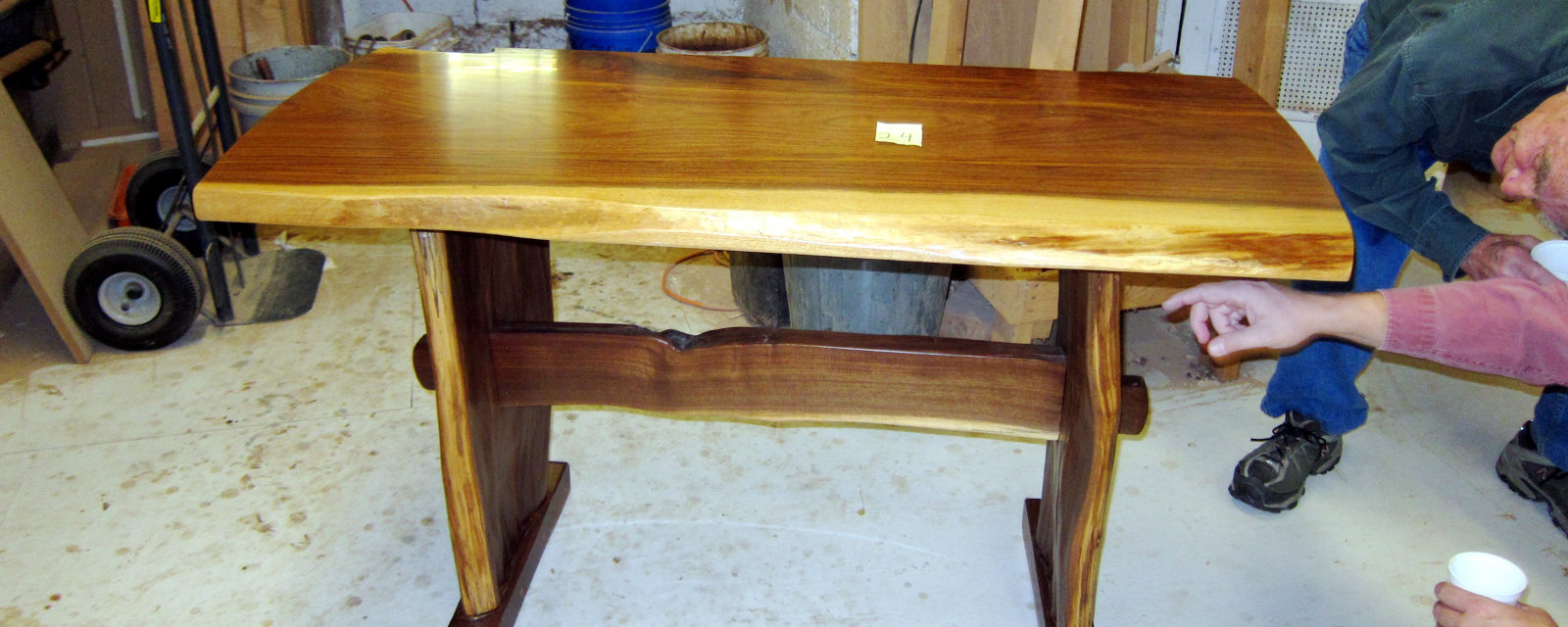Meeting Info:
There is a great deal of information available on “dust collection” for wood shops, some of it conflicting, and it can be a daunting task to figure out what makes sense when putting together a “fixed duct” dust collection system for a small shop. Designing such a system gets even more complicated when taking into account the differences between collecting wood dust/chips/shavings from machines that typically use 4″ to 6″ diameter ports, versus those smaller machines or power hand tools that utilize smaller 1″ to 2-1/2″ diameter ports mostly designed for dust/small chips (think sanders, biscuit joiners, band saws, etc.).
For this presentation, WPW member Bill James will attempt to distill the pertinent information that you need to design and build (or modify) a small dust collection system for your shop based on the “typical” 1HP-3HP single or two-stage dust collector (the ones we’ve all seen for years, with either bags or canisters to “filter” the air). This program will NOT focus on a large-capacity system where multiple blast gates can be open at the same time, as the complications/calculations to effectively “balance” such a system are beyond the scope of this presentation and, in Bill’s view, are complete overkill for a small hobbyist/professional shop. The program will include information on how to install/modify the collector, ducts, blast gates, and other system accessories.
For this program we will be meeting at the shop of Hanna Dausch, a local professional woodworker for whom Bill designed and constructed a dust collection system. This operational system utilizes many of the concepts, equipment, accessories, and modifications that Bill will be discussing and demonstrating during the presentation. Since a well-designed dust collection system will also need to include a vacuum (dust extractor seems to be the term is use these days!) to effectively capture fine dust, the program will include some non-brand-specific thoughts on vacuum modifications to make them more effective.
For those who would like to attend via live video, we will attempt to use Google Meet rather than our usual platform of WebEx, but we are not sure if the available bandwidth will be adequate. On a computer, the link should work with Chrome, Safari, Edge, and Firefox. If you are using a smartphone, downloading the Google Meet app is recommended. Click the link below the map above to join (it will be listed as a WebEx link even though it is a Google Meet link). As usual, if you are unable to physically or virtually attend the meeting, we will be recording the entire meeting and putting it on our website within a couple of days so that you can watch it there via YouTube.

